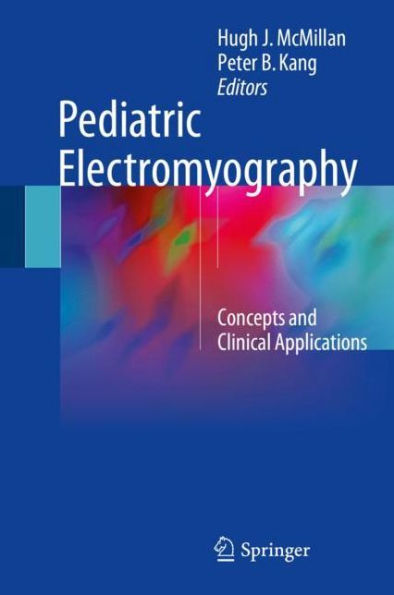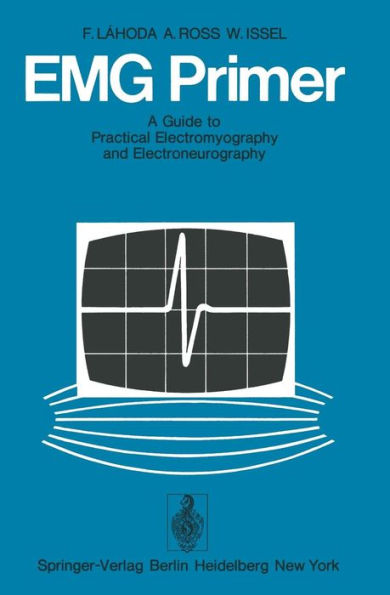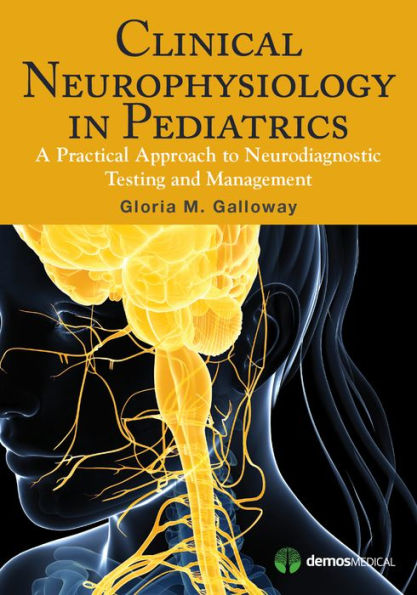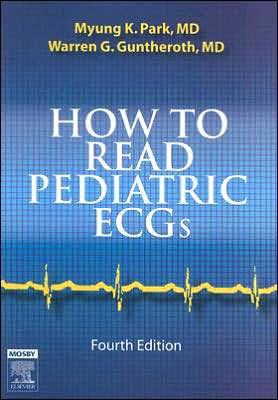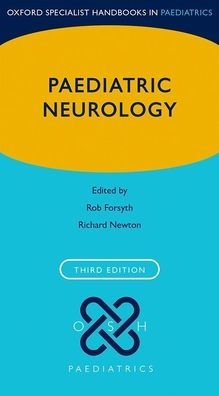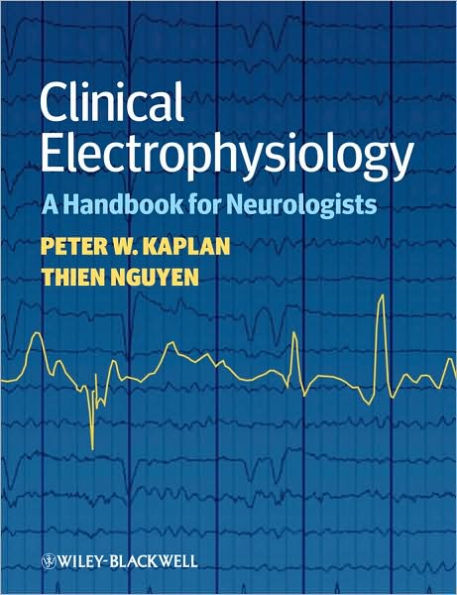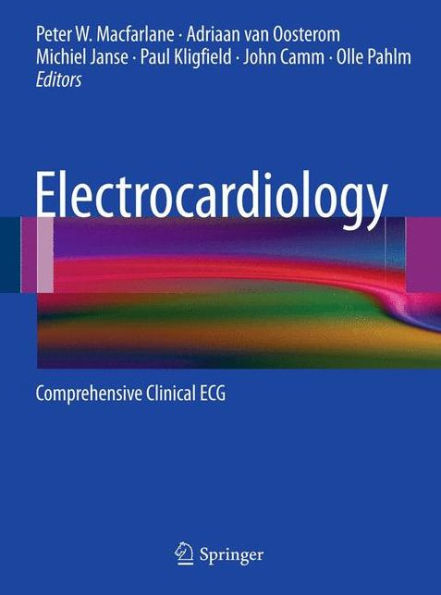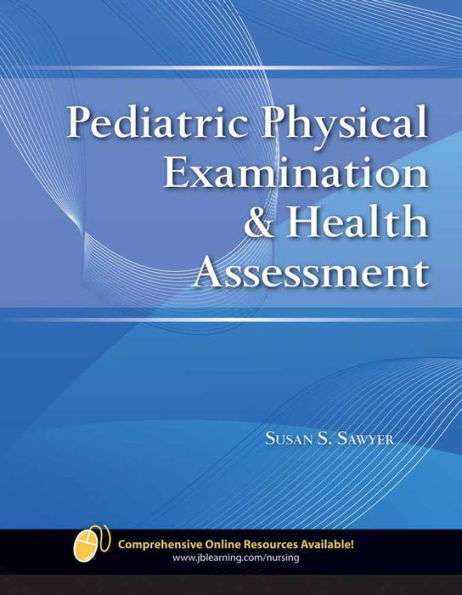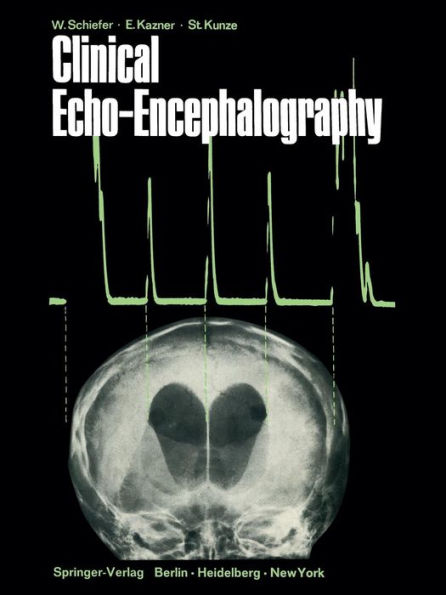Home
Paediatric Electromyography / Edition 1
Barnes and Noble
Paediatric Electromyography / Edition 1
Current price: $165.00
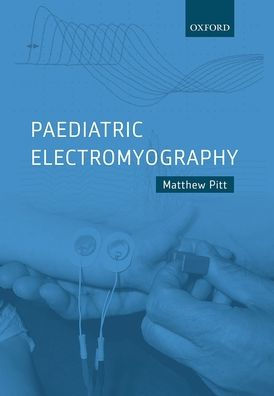

Barnes and Noble
Paediatric Electromyography / Edition 1
Current price: $165.00
Size: OS
Loading Inventory...
*Product information may vary - to confirm product availability, pricing, shipping and return information please contact Barnes and Noble
Electromyography (EMG) is a diagnostic modality that offers enormous value to the investigation of neuromuscular disease. It is able to quickly identify abnormalities which, if they have to be identified by other means, require more expensive or more painful methods of investigation, such as muscle biopsy. However, despite its diagnostic/prognostic value, electromyography is often avoided in children, often due to the misconception that the investigation is too painful or too difficult to be performed in paediatric patients.
Paediatric Electromyography
will attempt to dispel many of the misconceptions about paediatric EMG by drawing on the author's extensive experience in treating patients using this technique at the Great Ormond Street Hospital for Children. The book includes a very clear and well illustrated description of the basic neurophysiology essential to any person practising EMG, and the differences in the performance and interpretation of the tests in children are highlighted.
Paediatric Electromyography
will attempt to dispel many of the misconceptions about paediatric EMG by drawing on the author's extensive experience in treating patients using this technique at the Great Ormond Street Hospital for Children. The book includes a very clear and well illustrated description of the basic neurophysiology essential to any person practising EMG, and the differences in the performance and interpretation of the tests in children are highlighted.
